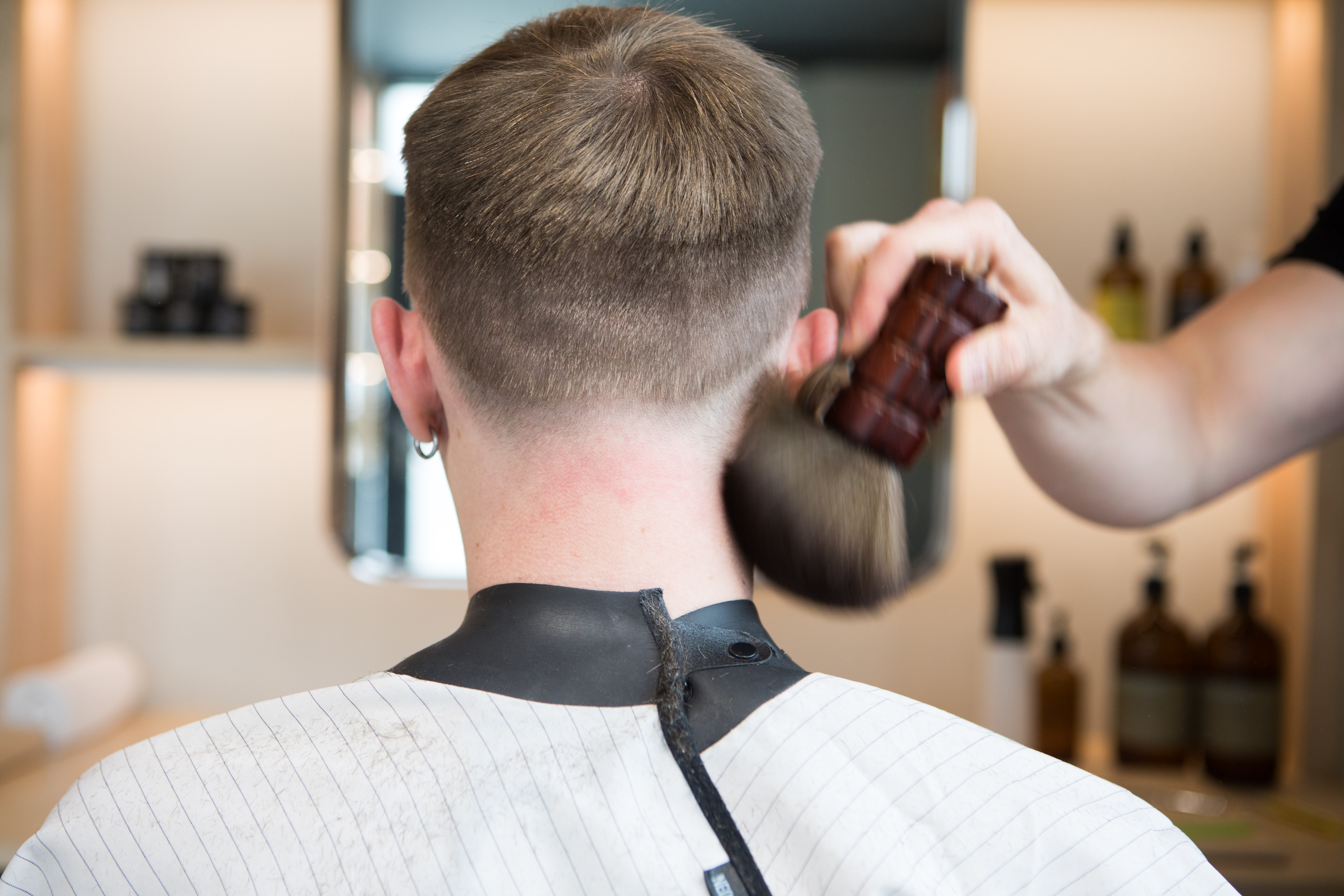
The rise of male beauty in numbers and how retailers can embrace the trend
The overall beauty industry is huge in the U.K. In 2019, it was valued at a whopping 16 billion euros by Statista. This is expected to rise to 16.8 billion euros by 2020. But what impact does the male beauty industry have on this figure?
If you haven’t noticed an increase in male grooming, all you have to do is look at beards. YouGov found that more than 6 in 10 18-39 year-olds sported some form of facial hair in 2017. What do they think contributed to this? Celebrities sporting their own stylish facial hair during the 2013 awards season.
Barbershops are popping up faster than ever across Great British High Streets, companies like Chanel and Charlotte Tilbury launched makeup for men, and toiletries sales are making marketers rich.
CNBC reported that men are a multi-billion growth opportunity for the beauty industry. It's time you cashed in.
How is male beauty evolving across the globe?
According to The Independent, the top 7 markets for men’s toiletries are Brazil, South Korea, the US, Germany, India and the UK. Male beauty is undoubtedly a growing market in the UK, but it still falls behind its global counterparts.
While the growth and potential that lies within the UK’s male beauty market are undeniable, British men still fall behind when it comes to self-care. In fact, the consulting company Kantar found that they rank the lowest when it comes to appearance concerns. “57% of men worldwide claim to maintain their appearance, this falls to only 44% for British men.”
Globally, the number of men who enjoy routine spending on beauty products has risen from 17% in 2015 to 21% in 2019. How did this all start?
Countries like China and Korea kicked off the beauty trend, and the West followed. Korea’s now home to the world’s “biggest male spenders” on skincare and other Korean beauty products. Global Data found that their market grew an extraordinary 44% between 2011 and 2017 alone.
Male beauty in the UK
A recent YouGov survey uncovered that roughly 1 in 20 British men now wear makeup, with 1 in 50 wearing it on a weekly basis and 1 in 100 wearing it daily. But it isn’t cosmetics that are surging. It’s male grooming.
The NPD Group estimate the UK men’s grooming market to be worth “£500 million in the 12 months to the end of June 2019.” That's £2.2 million higher than the previous year.
In fact, Salon Services UK predicts that 21,000 jobs will need to be created in the next 12 months in order to keep up with the rising interest in male beauty products.
Popular bank HSBC even created a new consumer group for internal marketing, which they call the “young urban male professional.” Their consumer interests? Spending their salaries on working out and grooming.
Researchers often jokingly refer to this boom as the “Love island effect", because sales of hair removal products rose by 25% amongst male shoppers thanks to the show.
Is celebrity culture the main catalyst? Probably not.
Society is shifting, and more and more people embrace gender neutrality, expressions of femininity, and new definitions of masculinity.
How can retailers embrace the shift?
Provide the right products
First and foremost, find some beauty products for your store. Luxury menswear website, Mrporter.com introduced male grooming to their e-tail site in 2013. By 2015 they’d witnessed 300% growth in both grooming and male beauty products.
Market research company Mintel claim that male beauty is still largely unrepresented by retailers, which is why men are turning to the internet and blogs for advice on what to buy and how to use products.
“Beauty retailers could do much more to cater to male consumers’ needs.”
Are you looking to do more for your customers? Find out more about SumUp's Card Readers and business solutions today.
Go online
The second thing retailers should consider is that social media plays a big part in the beauty market
Mintel’s report found that nearly half of 16-24 year-olds trusted beauty bloggers more than in-store staff when purchasing toiletries and cosmetics. What does this mean for retailers? They need to be smart in how they sell. Pick the right product ambassadors and offer both online and offline purchase points.
Look at what other people are doing
Stryx: Online
While many men feel comfortable openly wearing makeup, a recent Altr survey found that some are still hesitant. That’s where makeup company Stryx saw a gap in the market. Stryx “is redefining men’s cosmetic and skincare products. We engineer discreet products for men, so that men can easily and comfortably look their best.” Their online service offers detailed reviews with photos, colour matching, video tutorials, and all the information consumers could need.
Harry’s: Subscription
Shaving supply company Harry’s identified a gap in the market; affordable male grooming products weren’t getting the same attention to detail as female products. That’s why they provide highly-engineered and designed shaving products to men on a subscription basis.
“Our founders, Jeff and Andy, created Harry’s because they were tired of overpaying for overdesigned razors, and of standing around waiting for the person in the drugstore to unlock the cases so they could actually buy them. When they asked around, they learned lots of guys were upset about the situation too, so they decided to do something about it.”
The Barbery: In-store
South London’s The Barbery set up shop earlier in 2019, aiming to be a calmer, more Spa-like approach to the classic barbershop. By offering organic products and Swedish-style hot towel treatments, The Barbery managed to tap into a piece of the market that was being ignored. Breaking away from the “high octane, whiskey, big beards” environment of most barbershops is what shaped its success.
The moral of the story?
The male beauty industry is only going to continue to grow, so get involved, get the products, and get online.
